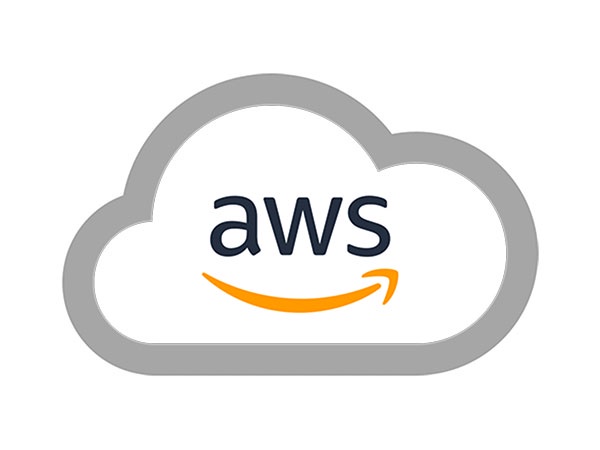Amazon Web Services (AWS) has revolutionized the way businesses operate by offering unparalleled scalability and flexibility. However, the transformative power of AWS is complemented by the need for strategic cost management. AWS cost optimization is not just a practice; it's a continuous process that ensures organizations harness the full potential of the cloud while optimizing expenditures.
Understanding AWS Cost Components
AWS cost optimization begins with a comprehensive understanding of the various cost components:
-
Compute Resources: Compute costs constitute a significant portion of AWS bills. Efficiently managing instance sizes, types, and auto-scaling helps strike the right balance between performance and cost.
-
Storage Costs: AWS offers various storage options, each with different pricing models. Effective data tiering, archiving, and deleting unnecessary data can significantly impact storage costs.
-
Data Transfer: Data transfer between AWS services, regions, and the internet incurs charges. Optimizing data transfer by using content delivery networks (CDNs) and consolidated data transfers minimizes costs.
-
Reserved Instances and Savings Plans: AWS provides cost savings through reserved instances and savings plans. By committing to long-term usage, organizations can secure substantial discounts.
-
Resource Allocation: Properly allocating resources to match workload demands prevents overprovisioning, reducing unnecessary expenses.
Strategies for AWS Cost Optimization
-
Right-Sizing Instances: Choose instance types that precisely match your workload requirements. Use AWS tools to analyze usage patterns and select appropriate sizes to avoid underutilization or overprovisioning.
-
Auto-Scaling: Implement auto-scaling to dynamically adjust resources based on demand. This ensures optimal performance during peak times while minimizing costs during lulls.
-
Use of Spot Instances: Utilize AWS spot instances for non-critical workloads. These instances offer significant cost savings, although they can be terminated with short notice.
-
Leveraging Reserved Instances and Savings Plans: Commit to reserved instances or savings plans for predictable workloads to secure substantial discounts.
-
Serverless Architecture: Embrace serverless services like AWS Lambda to eliminate the need for provisioning and managing servers, paying only for actual usage.
-
Data Lifecycle Management: Implement data lifecycle policies to automatically move, archive, or delete data based on its relevance, reducing storage costs.
-
Monitor and Analyze: Regularly monitor AWS Cost Explorer and use third-party tools to gain insights into spending patterns. Set up cost alerts to prevent unexpected cost overruns.
-
Consolidate and Optimize Data Transfer: Minimize data transfer costs by consolidating data transfers and using CDNs for content distribution.
AWS cost optimization is not a one-time effort; it's a continuous journey that demands vigilance, analysis, and adaptation. By understanding the various cost components and implementing well-defined strategies, organizations can strike a harmonious balance between maximizing the cloud's potential and minimizing expenditures. The true essence of AWS cost optimization lies in its ability to create an environment where innovation and efficiency coexist, empowering businesses to thrive in the cloud era.
References: https://aws.amazon.com/aws-cost-management/cost-optimization/ https://aws.amazon.com/blogs/compute/10-things-you-can-do-today-to-reduce-aws-costs/ https://www.blazeclan.com/asean/blog/6-key-ways-to-reduce-the-aws-cloud-cost/

No comments yet